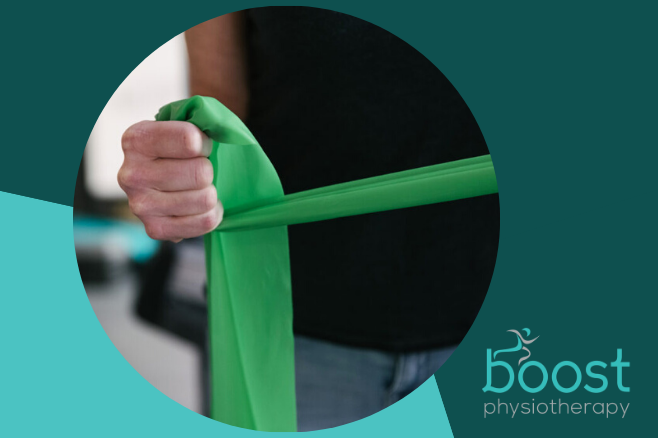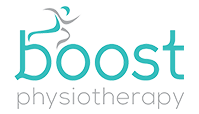
How Physiotherapy Helps Heal Injuries
How Physiotherapy Helps Heal Injuries
As great as the human body is, the truth surrounding life has to do with fragility. Although the notion of life’s fragility is challenging and sorrowful to comprehend, injuries can happen at any given time in our lives. Thankfully, the modern era is the birthplace of medicine and therapy to help us heal from an injury.
More specifically, physiotherapy, also known as physical therapy, is a practice that promotes, maintains, and restores a person’s overall health. Although physical therapy has many purposes, it’s most commonly used by an individual recently getting over an injury.
We all know how challenging it can be to get over injuries, making physical therapy an incredibly vital component for people to take part in. Nevertheless, if you’re interested in learning how physiotherapy can help heal injuries and get someone back on track, down below will highlight precisely that. Let’s take a look!
Ways Physiotherapy Helps Heal Injuries
The primary reason so many people struggle with an injury is not necessarily the pain derived from the injury, but from rehabbing it. Rehabbing injuries is a tedious journey that requires effort, patience, and resiliency. Still, physical therapists are there to guide some along the process of healing their injury. With this in mind, here are a few key ways physiotherapy helps heal injuries:
1. Strengthening Exercises
The most common way a physical therapist aids someone after they’ve been injured is with strengthening exercises. Now, this particular kind of exercise can’t be done if someone is currently severely injured. It’s done at a point when the person is on an upswing. Rest is essential for healing, but once enough time has passed, these exercises work beautifully.
2. Stretching
Although it may seem obvious, stretching is a fundamental part of aiding someone with their physical ailment. Still, many people think stretching their legs and arms quickly is all they need to do. A physical therapist demonstrates how to properly stretch without hurting yourself while aiding your entire body.
3. Heat and Ice
Heat and ice are the most prominent components in aiding someone with an injury. Physical therapists not only demonstrate how you can build strength in an injured area, but how you can treat it with heat and ice. Most people just throw an ice pack and hope for the best. It’s much more beneficial to utilize heat and ice properly.
4. Taping
If you’ve ever watched a sports game, you more than likely have witnessed an athlete with tape on. In short, taping is done as a way of protecting from the presence of an existing injury. Physical therapists will do the same thing for people before beginning an exercise to help them along with the process.
5. Routine Development
No matter what field you’re discussing, having a routine is arguably the most fundamental part of feeling better in a specific area. Physical therapists do a fantastic job of helping people come up with a routine for their injury. Getting a sense of structure with this kind of field is a fantastic way to move ahead.
Once Healed, Your Body May Be Different
Whenever someone severely injuries themselves, it occurs in a dreamlike fashion. People aren’t entirely sure how to react to the ordeal and are confused about how they can get back to a sense of normalcy. The primary reason the journey is a long and tedious one is how different a body is after an injury.
Even when a specific spot fully heals, it’ll still take a good portion of time to feel normal. Then again, there’s a chance an injury is so severe it’s impossible to get back to normal. Thankfully, physical therapy does an excellent job at getting the body back to where it needs to be through a plethora of resources and exercises.
Helps Aches and Pain
Aches and pains are the biggest hindrances to a person’s longevity. In fact, many people feel entirely hopeless about what they can do to adequately help their aches and pain. Regardless, there are many ways to address the issue of physical pain with a physical therapist.
Taking the step forward with a physical therapist will help outline what needs to get done and how to beneficially address the situation. Seeing as aches and pain are such a nasty reality to deal with, there’s no point in trying to ignore them when you can address them as soon as possible.
Scar Tissue Forms Without Therapy
Healing the body is an onerous and tedious process that most people aren’t fully aware of. Even if someone gets injured, receives surgery, and rests the entire process out, scar tissue tends to form around the injury unless the person appropriately seeks out some form of physical therapy.
Thus, it becomes critical for a person to identify the injury and know what they can do to ensure it heals as best as possible. Honesty is critical when discussing the subject with your physical therapist. Trust their expertise and outline how you can get yourself where you need to be.
Injuries Don’t Always Heal Completely
The last point to highlight with injuries is the long and challenging journey that’s attached to them. As great as it is to relax and wait for an injury to get better, the truth is sometimes injuries won’t get better without a physical therapist. Rest and relaxation are a part of the process, but so is a physical therapist.
Definitely do what you can to seek out a physical therapist, talk to them, and see the plan for healing your injury. You may find out it’s too soon for you to begin therapy, and if that’s the case, then you’ll have to wait a bit longer. If you find out otherwise, don’t be scared to begin the process.
Where Can I Get Physiotherapy in Edmonton?
If you’re on the hunt for a physiotherapist in Edmonton, be sure to visit Boost Physiotherapy! Boost ensures a hands-on approach and one on one time with your therapist every time you come in. They take the time to know you, your condition, and the abundance of factors that affect your pain. Make your appointment today to see how physiotherapy helps you recover from short or long-term injury.
BY: boostptepadmin
Physio
COMMENTS: No Comments
